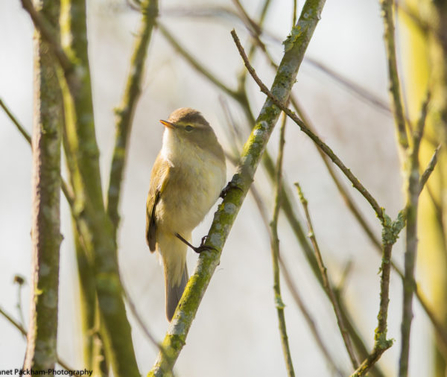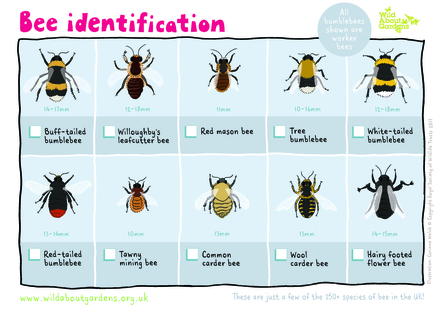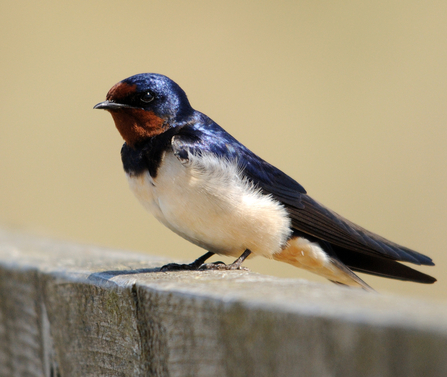I hope you are all keeping well at this strange and challenging time. I know I am enjoying the peace and quiet created by the reduction in traffic which allows us to really savour nature’s spring chorus. The birds and bees are so much louder and clearer and a lovely distraction from other things. There is so much happening in the great outdoors!
If you live near open fields or countryside you may be lucky enough to be enjoying the therapeutic calls of curlew and skylark and maybe lapwings which are now displaying over their chosen territories. Chiffchaff, with their very distinctive call are more recent arrivals from Africa and the Med which you may hear from woods, thickets and hedgerows; a sure indication that spring is here. I love the calls of all these birds which mark the changing seasons and reminds us that life goes on despite our ups and downs. What I am even more excited about though, is the return of bumblebees emerging fresh from hibernation. The last week of March in the north east finally saw us in the teens, temperature wise, so most people will have noticed large queen bumblebees buzzing about their flowers or lawns, looking either for food or a sunny nest site.




